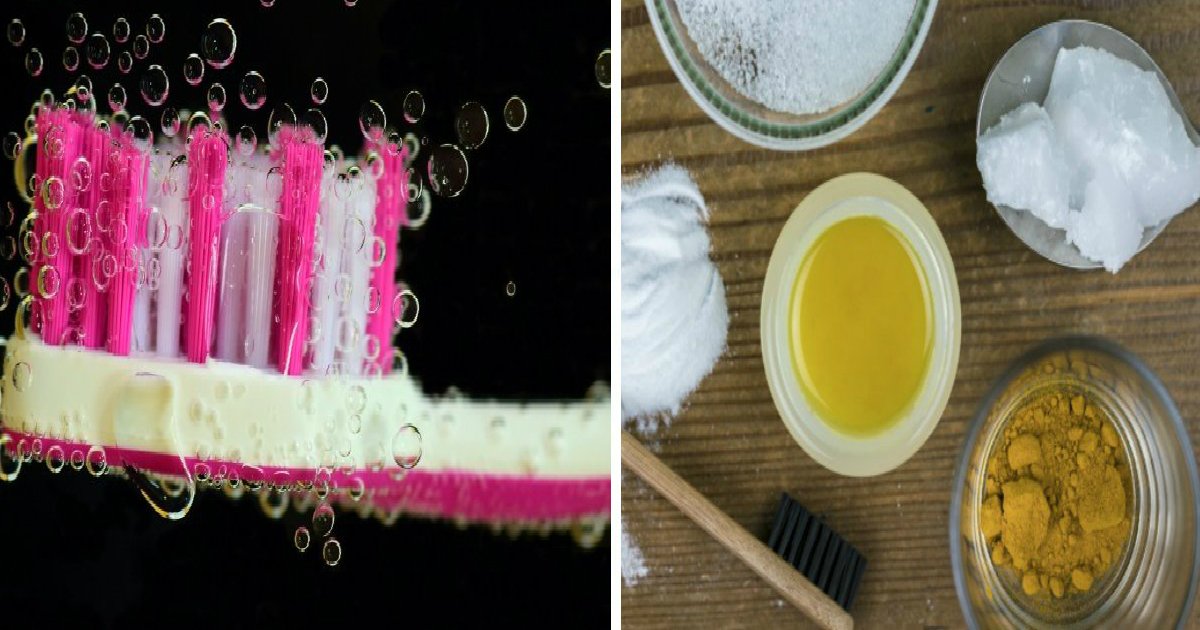Do you still believe in the tooth fairy? It’s time to stop and become your own tooth fairy! Your teeth, just like any other part of your body, require your attention and proper care. If you don’t like visiting the dentist, you can try to prevent dental decay on your own. Doctors advise combining excellent dental hygiene with some simple dietary changes.
We at Smalljoys created a list of simple and natural tricks that you can do on your own to prevent tooth decay and reverse cavities.
1. Change your eating habits.
Changing your eating habits and switching to a healthy diet always helps boost your health, no matter what your goal is. A study published in The British Medical Journal suggested that a change in diet can actually reverse tooth decay. We already know that the consumption of products rich in sugar leads to teeth decay and that phytic acid can block the absorption of calcium. However, if you change your eating habits, you may never face such problems.
- Get more calcium. It’s the main building component of your bones and teeth. Eat dairy products every day (milk, yogurt, sour cream, and cheese).
- Drink unsweetened beverages. Avoid drinking sodas, juices, and fizzy drinks. You can try simple water, fruit smoothies, and unsweetened tea. Water has a lot of good effects on your body including increased hydration and a higher flow of saliva.
2. Chew sugarless gum.
It might sound ironic, but chewing sugarless gum can actually help you prevent tooth decay. Most sugarless gums contain a component called xylitol, which is a natural sweetener. Unlike food, xylitol does not lead to the growth of bacteria in your mouth. Plus, when you chew, your mouth fills with saliva that can naturally wash off food remains.
3. Clean and change your toothbrush regularly.
What’s the most important tool that we use to clean our teeth? Right! A toothbrush. However, few people know how important it is to choose the right toothbrush.
- Always pick a small or a medium-sized brush, and make sure that its bristles can reach into the crevices of your molars where food remains can hide after you eat.
- Don’t use covers for your toothbrush because they may harbor microorganisms and bacteria. Instead, just rinse your brush with water after each use, and leave it to air dry. And don’t leave your brush in the same room as your toilet since fecal bacteria can end up on it.
- Change your toothbrush regularly because its bristles deteriorate with time and usage. As a result, you don’t clean your teeth as well as with a new toothbrush.
4. Follow a basic dental care routine.
It might sound like overfamiliar advice, but it really works. According to the International Dental Health Association, almost 42% of adults use just a toothbrush for their oral care. Sometimes we don’t realize that our dental care isn’t right or requires changes. If you want to protect your teeth from early decay, include the following steps in your dental care routine in the morning and before going to bed.
- Brush your teeth for 2 minutes at least twice a day. Try to brush all the surfaces of your teeth, reaching out to the farthest corners.
- Floss your teeth. Sometimes even brushing doesn’t work as well as flossing. Use floss to pull out any remaining food from underneath your gums, and try to get to the germs that are stuck there.
- Use mouthwash. Any mouthwash has an antibacterial effect and helps you get rid of any remaining bacteria in your mouth. Don’t rinse your mouth with water — the effect will last longer.
5. Visit your dentist for regular cleanings.
We know that regular visits to the dentist are not the most pleasant procedure, but it’s always better to prevent a problem than to treat it. No matter how well you brush or floss your teeth, there will always be areas that are hard to reach.
A dentist will clean near the gum line on the back and front of your teeth to remove any plaque and tartar. Regular cleaning is a very important step in the fight against cavities. Many people say that they enjoy cleanings and the lovely smooth feel of their teeth afterward. Make sure that you book an appointment at least once or twice a year.
6. Add supplements and vitamins to your diet.
We’ve already discussed eliminating sweets and candies from your diet, but there’s one more thing you can do to help your saliva fight dental plaque. Vitamins are essential for establishing the good health of your teeth.
- To promote salivation, you need to consume a lot of foods rich in fiber such as fruits, nuts, and vegetables. The best ones are apples, bananas, Brussels sprouts, and peas.
- Eat whole grain foods. They contain a lot of vitamin B and iron. In addition, whole grains contain magnesium, a mineral that helps absorb calcium and strengthen your teeth.
- Eat seafood more often if you want to get more vitamin D from your meals. Salmon, herrings, canned tuna, and sardines are a great source of vitamin D.
7. Try coconut oil pulling.
Do you want to know another good way to use coconut oil? You can try coconut pulling to naturally protect your teeth from decay. The oil pulls bacteria out of your teeth and naturally heals them. Simply swish a tablespoon of coconut oil in your mouth for 20 minutes until your saliva and the oil turn a milky white color. Don’t swallow it. It’s so simple yet so effective!
Oil pulling does not reverse the effects of tooth decay, but it helps prevent cavities. By the way, it works twice as effectively alongside brushing and flossing.
8. Make your own remineralizing toothpaste.
This simple toothpaste recipe requires only a few natural ingredients that you can buy in every store. Since you make it yourself, you can be sure that all the components are natural and won’t harm your health. You’ll need the following ingredients to make the toothpaste:
- 4 tbsp calcium powder
- 1 tbsp stevia
- 1 tbsp sea salt
- 2 tbsp baking soda
- 1/4 cup coconut oil
Mix all the ingredients until you get a paste. It should be even with no crumbs. Use it as a substitute for your regular toothpaste.
Remember: Don’t use this toothpaste for more than 30 days in a row due to its abrasive structure and absence of fluoride.










